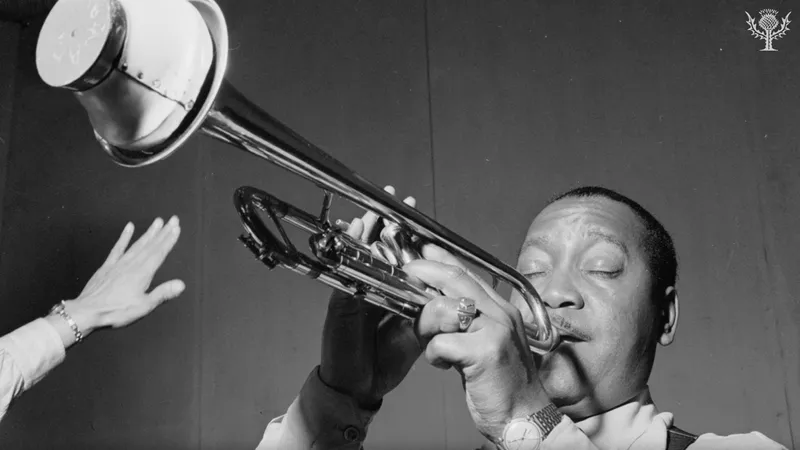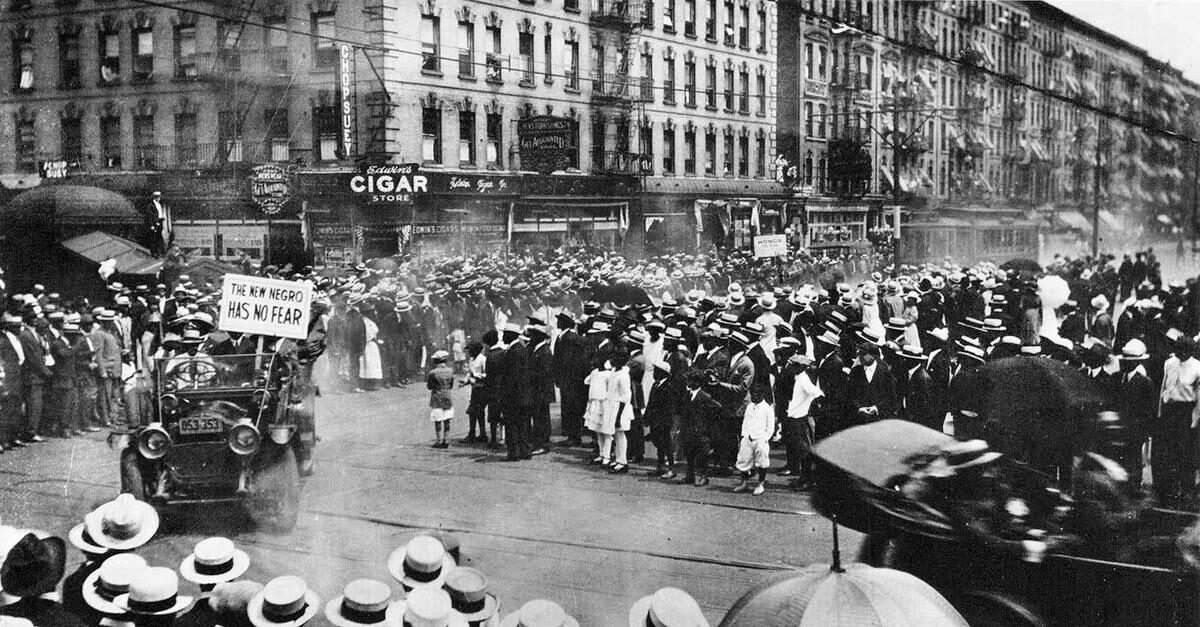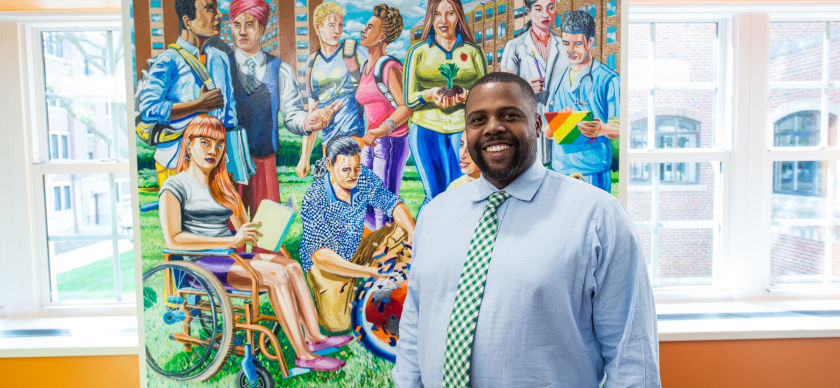
The Harlem Renaissance was a transformative era in American history, marking a period of cultural awakening and artistic expression among African Americans. Emerging in the 1920s and 1930s, this movement was centered in Harlem, New York, and brought forth a new wave of African American literature, music, art, and intellectual thought.
At its core, the Harlem Renaissance was a celebration of Black identity, heritage, and resilience, producing some of the most influential writers, poets, and thinkers in American history. This article explores the impact of the Harlem Renaissance on literature, the key figures who shaped it, and its lasting influence on American culture.
The Origins of the Harlem Renaissance

The Harlem Renaissance was fueled by several key factors:
- The Great Migration – Millions of African Americans moved from the rural South to urban centers like Harlem, seeking better economic and social opportunities.
- Growing Black Middle Class – Increased literacy and education among African Americans led to a rise in Black intellectual and artistic communities.
- The Rise of Jazz and Blues – Music played a major role in defining Harlem as a cultural hub, influencing literature and poetry.
- Support from Black and White Patrons – Publishers, patrons, and organizations like the NAACP and The Crisis magazine helped amplify Black voices.
By the 1920s, Harlem had become the epicenter of Black creativity, attracting writers, poets, musicians, and artists eager to express their unique experiences.
Themes in Harlem Renaissance Literature
Harlem Renaissance literature was deeply rooted in themes of racial identity, pride, resistance, and social justice. Some of the most common themes included:
- Exploration of Black Identity – Writers celebrated Black heritage and examined what it meant to be Black in America.
- Racial Inequality & Social Justice – Many works highlighted the struggles of segregation, racism, and discrimination.
- The Black Experience in Urban America – Stories captured life in Harlem, its vibrancy, and its hardships.
- African Heritage & Ancestry – Writers explored African roots and connected them to modern Black identity.
- Love, Beauty, and Black Pride – Many poets and authors challenged racial stereotypes and depicted Black beauty and love in a positive light.
These themes helped reshape perceptions of Black life in America, both within the African American community and beyond.
Key Figures of the Harlem Renaissance
The Harlem Renaissance produced some of the most influential literary voices in American history. Here are some of the most notable writers and poets of the movement:
1. Langston Hughes (1902–1967)
Poet, novelist, and playwright
Known for works like The Weary Blues (1926) and Not Without Laughter (1930)
Used jazz rhythms and everyday Black speech in his poetry
Famous quote:
“Hold fast to dreams, for if dreams die, life is a broken-winged bird that cannot fly.”
2. Zora Neale Hurston (1891–1960)
Novelist, anthropologist, and folklorist
Best known for Their Eyes Were Watching God (1937)
Celebrated Southern Black dialect, folklore, and strong female characters
Famous quote:
“There are years that ask questions and years that answer.”
3. Claude McKay (1889–1948)
Poet and novelist from Jamaica
Wrote If We Must Die (1919), a powerful response to racial violence
His works combined radical political ideas with traditional poetic forms
Famous quote:
“If we must die, let it not be like hogs hunted and penned in an inglorious spot.”
4. Countee Cullen (1903–1946)
Poet and scholar
- Influenced by Romantic poetry, blending it with racial themes
- Wrote Heritage (1925), questioning African American identity
Famous quote:
“Yet do I marvel at this curious thing: To make a poet Black, and bid him sing!”
5. Jean Toomer (1894–1967)
Poet and novelist
- Wrote Cane (1923), a mix of poetry, prose, and drama, considered a masterpiece
- Explored the intersection of race, class, and culture in America
The Harlem Renaissance’s Impact on Literature
The Harlem Renaissance had a profound influence on both African American literature and mainstream American culture.
1. Increased Representation of Black Voices
📖 Before the Harlem Renaissance, Black literature was often marginalized. This movement brought African American writers into national literary conversations.
2. Breaking Racial Stereotypes
📖 Writers challenged negative portrayals of Black people in literature, replacing them with complex, proud, and empowered characters.
3. Influence on Future Literary Movements
📖 The Harlem Renaissance paved the way for later movements like:
✔ The Civil Rights Era Literature (1950s-1960s) – Writers like James Baldwin, Toni Morrison, and Maya Angelou were deeply influenced by Harlem Renaissance authors.
✔ The Black Arts Movement (1960s-1970s) – A more radical literary movement advocating for Black power and cultural pride.
4. A Lasting Cultural Legacy
📖 The influence of Harlem Renaissance literature is still felt today, inspiring authors, poets, and playwrights who explore race, identity, and justice.
Conclusion: A Movement That Redefined American Literature
The Harlem Renaissance was not just a literary movement—it was a cultural awakening that changed the course of American history. Through poetry, novels, and essays, Harlem Renaissance writers challenged oppression, celebrated Black identity, and reshaped American literature.
Today, their works continue to be studied, celebrated, and cherished, reminding us of the power of literature to inspire change and uplift communities.
🌟 What is your favorite work from the Harlem Renaissance? Share your thoughts in the comments! ✍📚







